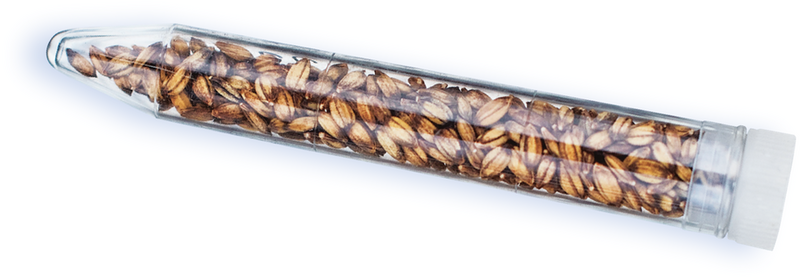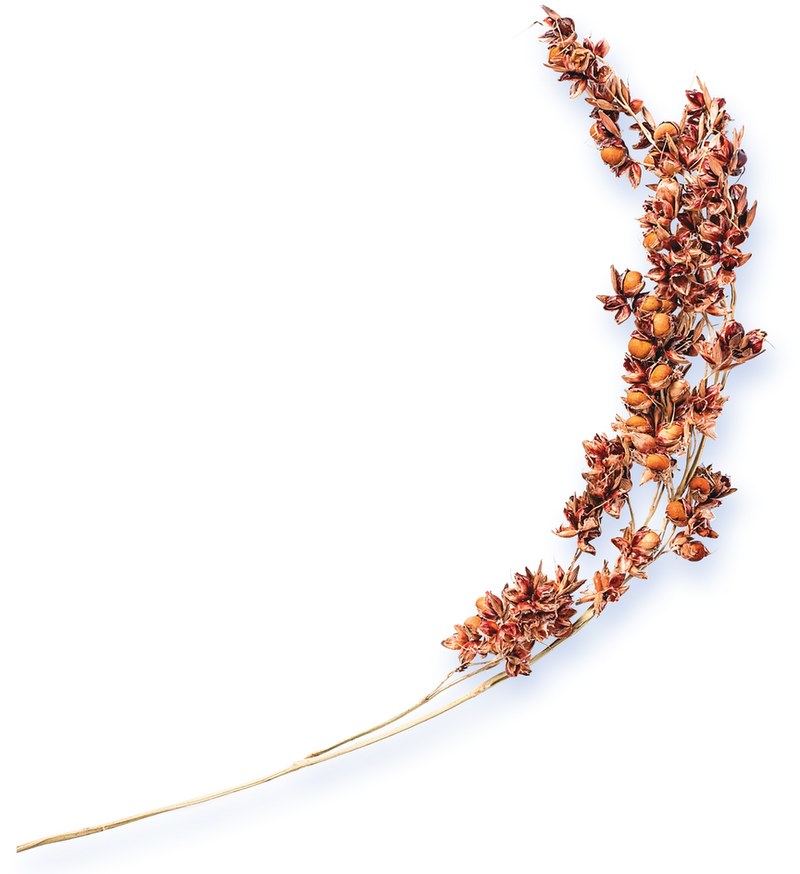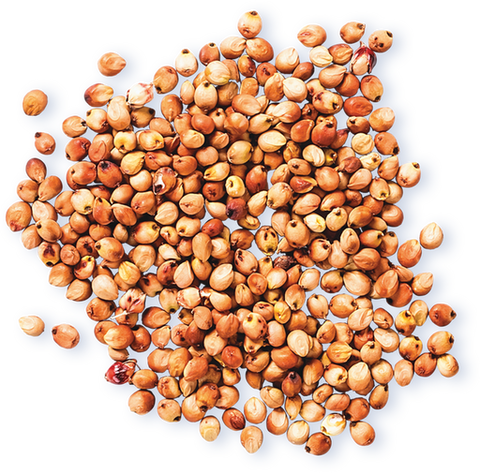There’sanislandhalfwaybetweenNorwayandtheNorthPole.ItiscalledSvalbard.Itisalandofsnowandice.Thereisabuildinghere.Itsticksoutoftheice.Awalkwayleadstoa door.
Justpastthedoorisahallway.Pipespushcoldairtowardthreelockeddoors.Themiddledooriscoveredinice.Whatisthis place?
Throughtheicydoor,therearerowsofshelves.Eachshelfholdsboxesofseeds.WelcometotheSvalbardGlobalSeed Vault!
Hallways,tunnels,anddoorsleadtoavaultfilledwith seeds.


Theseseedsarestoredinglass tubes.
ProtectingSeeds
Theseedvaultwasbuilttostoremanykindsofseeds.Theseseedscangrowcrops.Whyaretheyhere?Toprotectfutureagriculture.
As ourworldchanges,weneedtobeprepared.Ourclimateischanging.Cropscanfail.Pestscandamagethem.Westoreseedsincaseweneed them.


Thenumberofdifferentplantswegrowforfoodisshrinking.Here’sanexample.TheUnitedStatesusedtohave500 kindsofcabbage.Now,itplantsonly28kinds.Itusedtohave285 kindsofcucumbers.Now,itplantsonly16kinds.Othercountrieshavethisproblem, too.
Today,only30cropsmeet95 percentofourfoodenergyneeds.So,storingseedsforthefutureisagood idea.

LongLife
Someseedscanstayinthevaultfor50years.Others,likethegrain sorghum,couldstillgrow20,000 yearsfrom now!
Crop
Expectedlife(in years)
Barley
2,061
Chickpea
2,613
Lettuce
73
Maize (corn)
1,125
Onion
413
Pea
9,876
Rice
1,138
Wheat
1,693
sorghum

Map of Washington, D.C., 1860s
The White House
Peterson House
Ford's Theatre
United States Capitol
Smithsonian Institute
Washington Monument
POTOMAC RIVER
